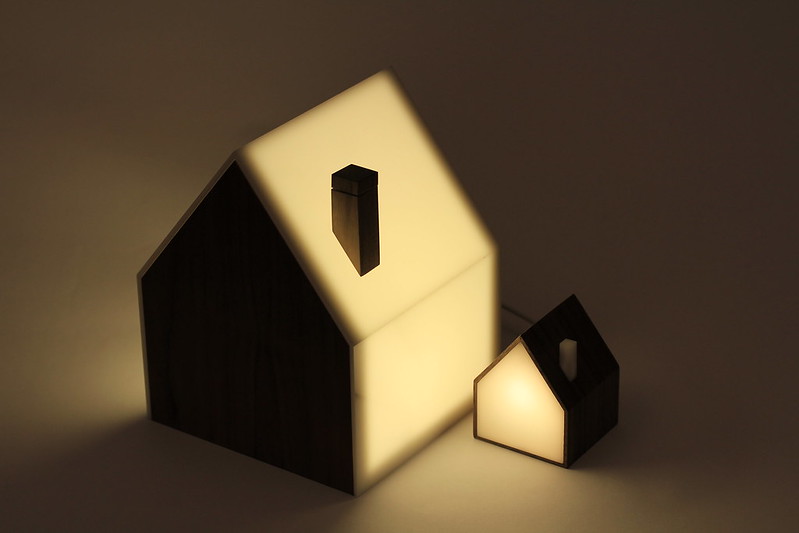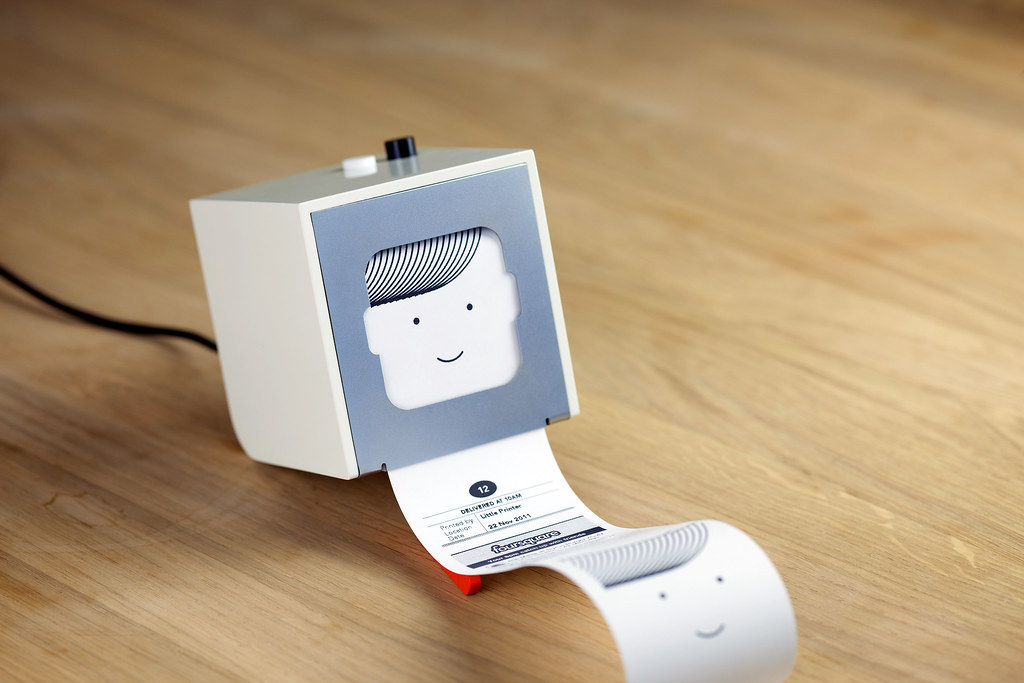Lately, there is a lot of attention being spent on the Internet of Things. It was the headline of last year’s Le Web, and the perceived main theme of this year’s Consumer Electronics Show in Las Vegas.
And there are many names springing up. Cisco brands it the “Internet of Everything”, for Samsung, it all rides under the “Connected Living” banner, and on the larger scale, it’s GE’s “Industrial Internet” and IBM’s “Smarter Planet”.
Looking at some actual products, what strikes me are some quite obvious patterns.


What we’re increasingly confronted with is a world of images under glass mimicking functionality and acting upon the real-world.
You can’t set up a Belkin WeMo (which is one of the more integration-forward players, in that it partnered up with IFTTT) without a smart-phone, you can’t control the Philips Hue without another gateway box and their companion smartphone app. Samsung’s “Connected Living” line is hugely predicated on their smartphone line, and now there’s even a thing where you can open your front door with a smartphone app.

This might be just the experimentation phase; trying to figure out how to make use of cheap sensors and communications to drive some new, interesting applications. What I increasingly suspect, though, is that we as an industry are more focussed on making objects, the Things in the Internet of Things, behave in ways that we know from the Internet. If the only tool you know is Xcode, every problem looks like an iPhone app.

What we haven’t figured out, really, is how to make the internet native to Things. How do services, web-services, really, work in a screen-less environment? There’s approaches that I find hugely endearing. The Good Night Lamp1 explores how ambient intimacy could work over longer distances. Little Printer, for all the hype around it, is really an interesting case-study on alternative forms of web-delivered content.

There ought to be more of these projects: not trying to force an internet-based stereotype of interaction onto objects, but trying to figure out how we can make the web native to things.
It’s in the mundane that the Internet of Things will be the most interesting.
-
Full Disclosure: Alexandra Deschamps-Sonsino, the founder of Good Night Lamp, is a good friend of mine, and one of my co-founders at Internet of People. ↩
